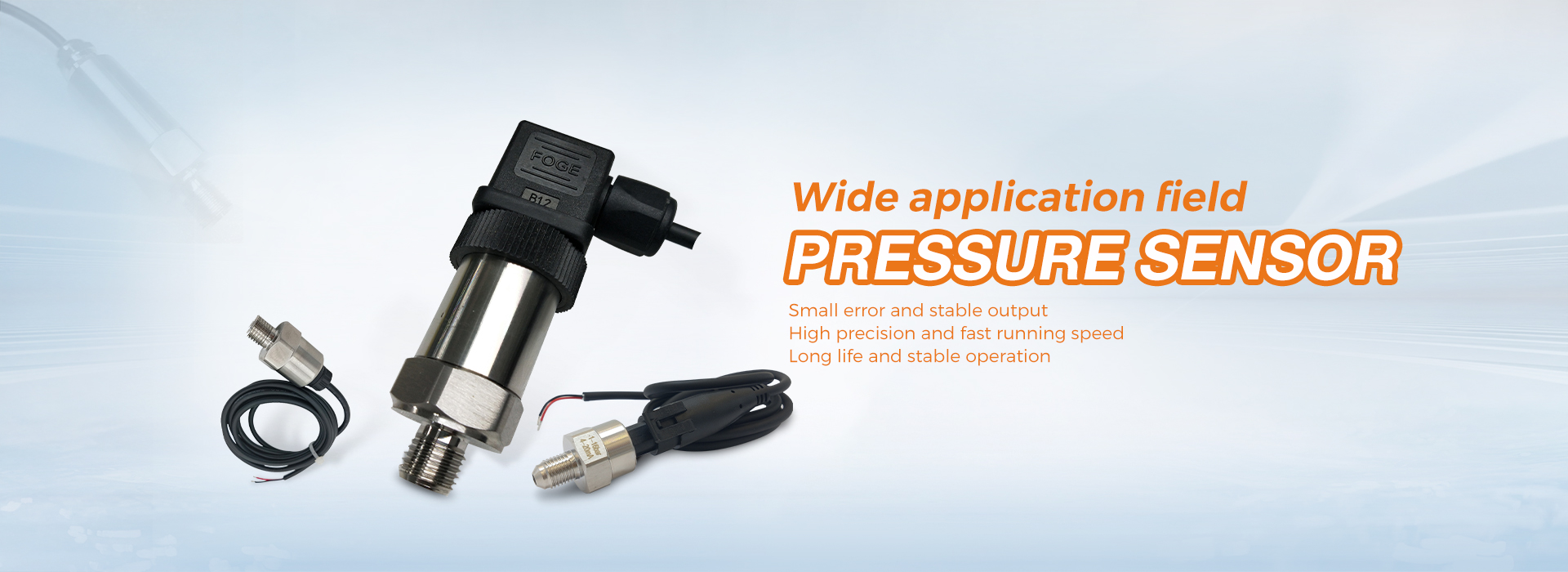The production and processing of food and beverages are subject to strict laws, regulations and industry codes. The purpose of these rules and guidelines is to minimise the risk of harm to consumers from products containing potential foreign bodies or bacteria. The use of pressure gauges is an important part of safe food production.
Pressure and level measurement in food, dairy, beverage and manufacturing needs to be done in pipes, filters and tanks. Pressure gauges must be accurate, immune to vibration, able to withstand the temperatures and stresses created during cleaning, and have dedicated wetted parts. Specific applications include balance tanks, silos, storage tanks, mixing processes, flavoring systems, pasteurization, emulsification, filling machines and homogenization, to name a few.
Most electronic pressure transmitters use an elastic diaphragm as the pressure transmission element. By using a suitable process connection, the pressure transmitter can be installed without gaps and is easy to clean. CIP cleaning systems (Clean In Place, also known as cleaning in place) are used to clean the interior surfaces of pipes and tanks in liquid and semi-liquid food and beverage processing equipment. This type of cleaning is usually only possible with large tanks, jugs or plumbing systems with smooth surfaces.The “wetted part” of the pressure transmitter is the diaphragm, which is in contact with the medium being measured and must be able to withstand the forces and temperatures that arise during CIP cleaning and sterilization. Regular cleaning and a gap-free design reduce the risk of contamination, however, the surfaces of wetted parts must also have a smooth profile, free from sharp corners and crevices that can cause media to collect and rot. Typically, this part is made of stainless steel to prevent media sticking.
One method used in the food and beverage industry for continuous level measurement is the hydrostatic method. A stationary liquid cannot withstand neither shear deformation nor tensile force. The force between two adjacent parts in still water and the force on the side wall of still water is mainly pressure, which is called hydrostatic pressure. The liquid column above the pressure sensor creates hydrostatic pressure, which is a direct indicator of the liquid level. The measured value depends on the density of the liquid, which can be entered as a calibration parameter.
In the case of an open container, where atmospheric pressure acts on top of the liquid, a gauge pressure sensor can be used.For closed vessels, two separate gauge pressure transmitters or a single differential pressure transmitter can be used for measurement.Control systems in the food industry often use differential pressure transmitters for liquid measurement due to their robustness and simplicity.
Post time: Mar-12-2022



